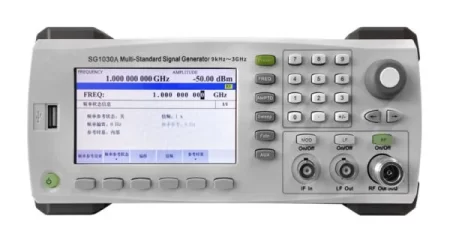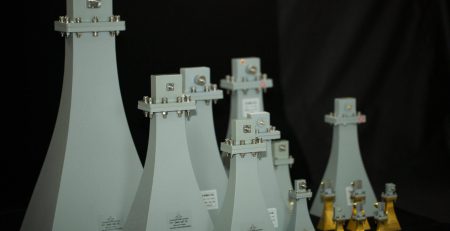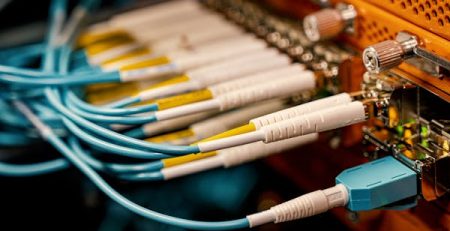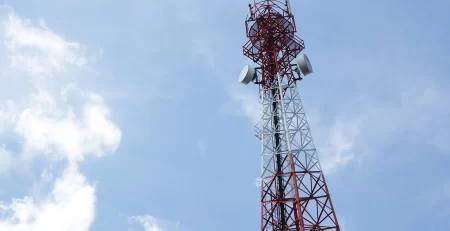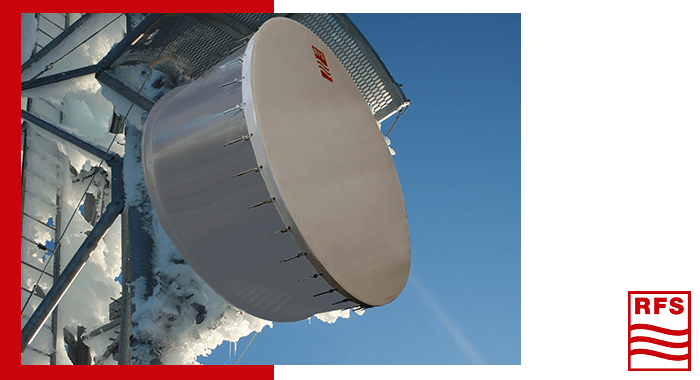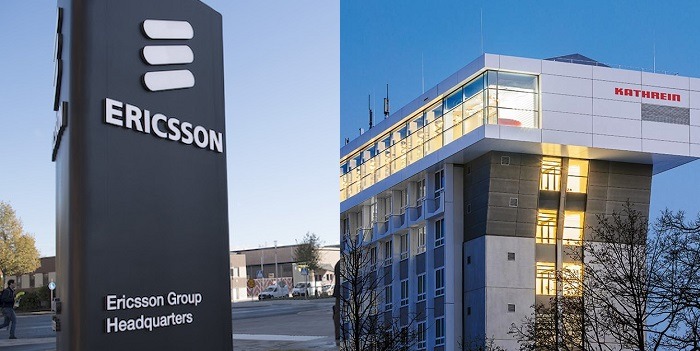Exploring SPST Switch vs. DPDT Switch: Detailed Insights for Technicians
 Overview of Electrical Switches
Overview of Electrical Switches
Basic Concept and Functionality
Electrical switches are fundamental components in nearly every electrical and electronic circuit, functioning as control devices that manage the flow of electricity within a circuit. They enable the user to either complete or interrupt the electrical current, thereby turning devices on or off, or redirecting the flow to different parts of the circuit. The importance of switches in electrical systems cannot be overstated, as they provide the crucial functionality of regulating electrical power, ensuring operational efficiency, and enhancing safety in various applications.
Importance in Electrical Circuits
Switches plays a vital role in the design and functionality of electrical circuits, they can ensure the electrical energy are under control and are effectively utilized. By allowing technicians to boost, stop, and redirect the current, switches can help prevent electrical overloads and potential short circuits, therefore efficiently manage power distribution. Whether it’s simple home appliances or complex industrial machinery, the reliability and integrity of electrical switches are the keys to effective performance and safety.
 SPST Switch: Single Pole Single Throw
SPST Switch: Single Pole Single Throw
Definition and Characteristics
An SPST switch, or Single Pole Single Throw switch, is the most basic type of switch. It has a single input and a single output, which allows it to either complete or interrupt a single circuit. Essentially, an SPST switch functions as an on-off switch, providing a straightforward method for controlling electrical devices. These switches are characterized by their simplicity and ease of use, making them suitable for a wide range of applications.
Common Uses in Electrical Circuits
SPST switches are commonly used in applications where basic on-off control is needed. For instance, they are frequently found in household light switches, simple electronic devices, and various types of machinery. When an SPST switch is turned on, it completes the circuit, allowing current to flow and power the device; when turned off, it interrupts the circuit, stopping the flow of electricity. This straightforward functionality makes SPST switches ideal for basic control tasks.
Advantages of SPST Switches
One of the primary advantages of SPST switches is their simplicity, which translates into ease of installation and operation. They are typically more affordable than other types of switches due to their basic design. Furthermore, because of their simplicity, SPST switches are known for their reliability and longevity, as there are fewer components that can fail. These factors make SPST switches a cost-effective choice for many basic electrical applications.
 DPDT Switch: Double Pole Double Throw
DPDT Switch: Double Pole Double Throw
Definition and Characteristics
A DPDT switch, or Double Pole Double Throw switch, is a more complex type of switch compared to an SPST switch. It consists of two inputs and four outputs, enabling it to control two separate circuits simultaneously with a single switch. A DPDT switch has two positions; each position connects two of the four outputs in such a way that they can change the direction of current flow. This feature provides greater versatility and control in circuit design and functionality.
Common Uses in Electrical Circuits
DPDT switches are commonly used in more complex applications where the ability to control multiple circuits or change the direction of current flow is required. They are typically found in applications such as electrical motors, which need to reverse direction, and audio-visual systems, where switching between different signal paths is necessary. Additionally, DPDT switches are utilized in industrial equipment and automation systems to manage more intricate electrical operations.
Advantages of DPDT Switches
The primary advantage of DPDT switches is their versatility. Because they can control two circuits simultaneously and switch the direction of current flow, they offer more complex control options than SPST switches. This versatility makes them suitable for a broader range of applications, including those requiring bidirectional control, multiple pathways, or complex routing of electrical signals. Furthermore, using a single DPDT switch to control multiple circuits can reduce the need for additional switches, streamlining circuit design and potentially reducing costs.
Key Differences Between SPST and DPDT Switches
Structural Differences
Number of Poles and Throws
The number of poles and throws represents one of the most significant structural differences between an SPST switch and a DPDT switch. An SPST switch has a single pole and a single throw, allowing it to control one circuit with a simple on-off action. In contrast, a DPDT switch has two poles and two throws, which means it can manage two separate circuits and offer two possible paths for the current. This dual capability allows more complex circuit configurations, making DPDT switches more versatile than their SPST counterparts.
Circuit Configuration
SPST switches offer a simple circuit configuration with one input and one output. This limited design is beneficial for straightforward applications but does not provide the flexibility needed for more complex electrical systems. DPDT switches, however, can connect two circuits and offer four output connections in two switching positions. This ability to re-route current flow between circuits allows for more intricate and dynamic electrical setups, paving the way for applications that require multi-path control and operation.
Functional Differences
Application Scenarios
While SPST switches are ideal for basic applications such as turning lights on or off or controlling simple devices, DPDT switches are suited for more complex scenarios. The DPDT switch’s ability to switch between two circuits makes it perfect for reversing the direction of a motor, selecting between different power supplies, or switching audio signals in electronic devices. The broader range of functions provided by DPDT switches is essential in environments where more intricate control mechanisms are necessary.
Versatility and Control Options
SPST switches provide a binary on-off control, which is sufficient for many straightforward applications. In contrast, DPDT switches offer greater versatility and expanded control options. Their capability to manage multiple circuits and paths allows them to handle diverse operations such as reversing polarities, switching signal paths, or toggling between power sources. This versatility is particularly advantageous in complex systems requiring centralized control and flexible configurations.
Selecting the Right Switch for Your Needs
Factors to Consider
Electrical Load Requirements
When selecting between an SPST switch and a DPDT switch, considering the electrical load requirements of your application is crucial. SPST switches are suitable for low to moderate load applications with simple control needs. Conversely, DPDT switches can manage more significant loads and offer control over multiple circuits, making them ideal for more demanding and complex electrical systems.
Circuit Complexity
The complexity of your circuit will significantly influence your choice of switch. SPST switches are best suited for simple circuits requiring basic on-off functionality. However, in more complex circuits where multiple connections and configurations are needed, a DPDT switch’s versatility and ability to manage several pathways are invaluable. Understanding your circuit’s complexity is essential in making an informed switch selection.
Space Constraints
Space constraints may also impact your decision. SPST switches, with their straightforward design, typically require less space and can be easily incorporated into compact applications. On the other hand, DPDT switches, due to their more complex structure and multiple connection points, may require additional space within the circuit design. Evaluating the available space and structural constraints of your application will help ensure you select the most suitable switch.
 RFecho
RFecho
RFecho, a global leader in the realm of RF and microwave technology, has been providing innovative solutions for over a decade.
The Single Pole Single Throw (SPST) Switch, a product of RFecho’s engineering prowess, is known for its simplicity and efficiency. This switch controls the flow of current in a circuit with a straightforward on-off mechanism, making it an excellent choice for applications requiring reliable and uncomplicated switching.
The Double Pole Double Throw (DPDT) Switch from RFecho demonstrates the company’s dedication to versatility and adaptability. This switch, capable of controlling two circuits or even two different types of currents simultaneously, is ideal for more complex applications that necessitate the concurrent switching of multiple signals.
Both the SPST and DPDT switches from RFecho are constructed with top-quality materials, ensuring durability and long-term performance. These switches are meticulously designed to meet the rigorous demands of contemporary high-frequency applications, making them a popular choice among technicians globally.
Practical Applications Examples
Real-World Use Cases for SPST Switches
Home Appliance Control
SPST switches are frequently used in home appliances for simple on-off control. Examples include light switches, power buttons on basic electronics such as radios or fans, and switches used in small kitchen appliances like toasters and coffee makers. Their straightforward operation makes them an essential component in everyday household devices, providing reliable and uncomplicated control.
Simple On-Off Control Systems
In industrial and commercial settings, SPST switches find applications in simple on-off control systems. They are commonly used to activate or deactivate individual components in larger machinery, control basic safety mechanisms such as emergency stop buttons, and manage power supply to specific devices. Their reliability and ease of use are critical in ensuring smooth operations in various control systems.
Real-World Use Cases for DPDT Switches
Complex Electrical Systems
DPDT switches are invaluable in complex electrical systems requiring advanced control mechanisms. They are used in systems where multiple circuits need to be managed simultaneously, such as in telecommunications equipment, advanced audio-visual systems, and sophisticated automation installations. The ability to switch between different operational modes or paths makes DPDT switches indispensable in these intricate setups.
Reversible Motors Operations
One of the most common applications for DPDT switches is in controlling reversible motors. By switching the polarity of the motor’s connections, DPDT switches can reverse the direction of rotation, a feature crucial in applications such as conveyor belts, electric vehicles, and robotic systems. This ability to manage directional control efficiently underscores the versatility and utility of DPDT switches in various motor operations.
Final Thoughts on SPST and DPDT Differences
Understanding the differences between SPST and DPDT switches is essential for anyone involved in designing or maintaining electrical systems. While SPST switches offer simplicity and ease of use for basic applications, DPDT switches provide greater flexibility and control for more complex setups. By considering factors such as electrical load requirements, circuit complexity, and space constraints, technicians can make informed decisions and select the most appropriate switch for their specific needs. In various real-world applications, from home appliances to advanced industrial systems, the careful selection and implementation of the correct switch type play a crucial role in ensuring efficiency, reliability, and performance in electrical circuits.


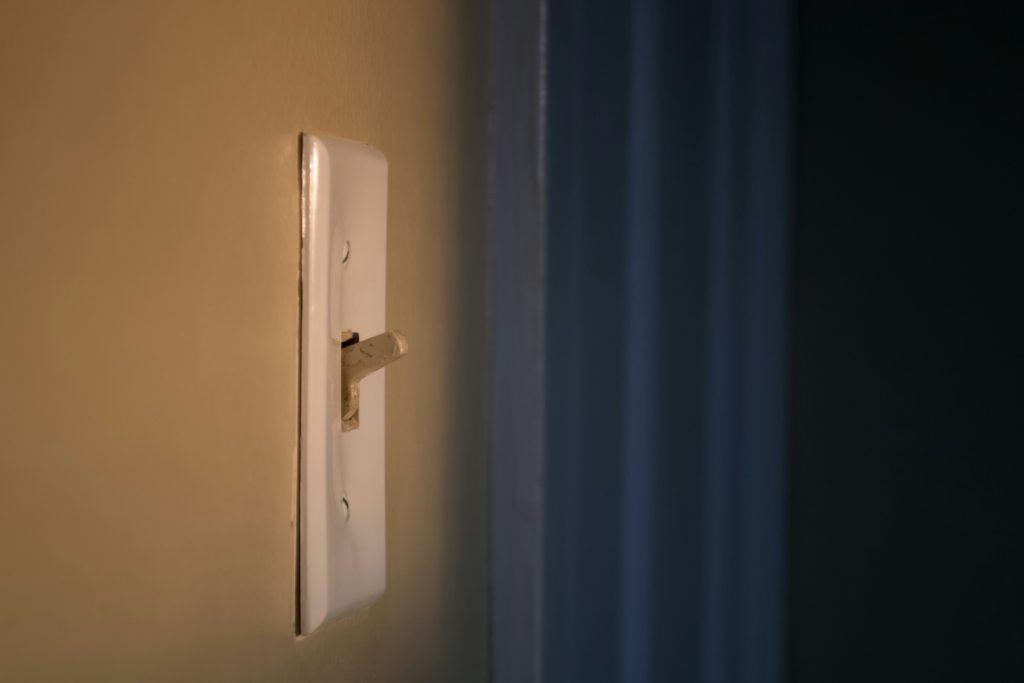 Overview of Electrical Switches
Overview of Electrical Switches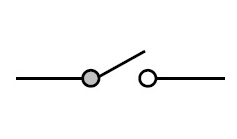 SPST Switch: Single Pole Single Throw
SPST Switch: Single Pole Single Throw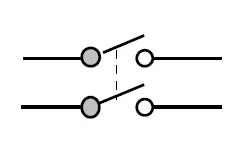 DPDT Switch: Double Pole Double Throw
DPDT Switch: Double Pole Double Throw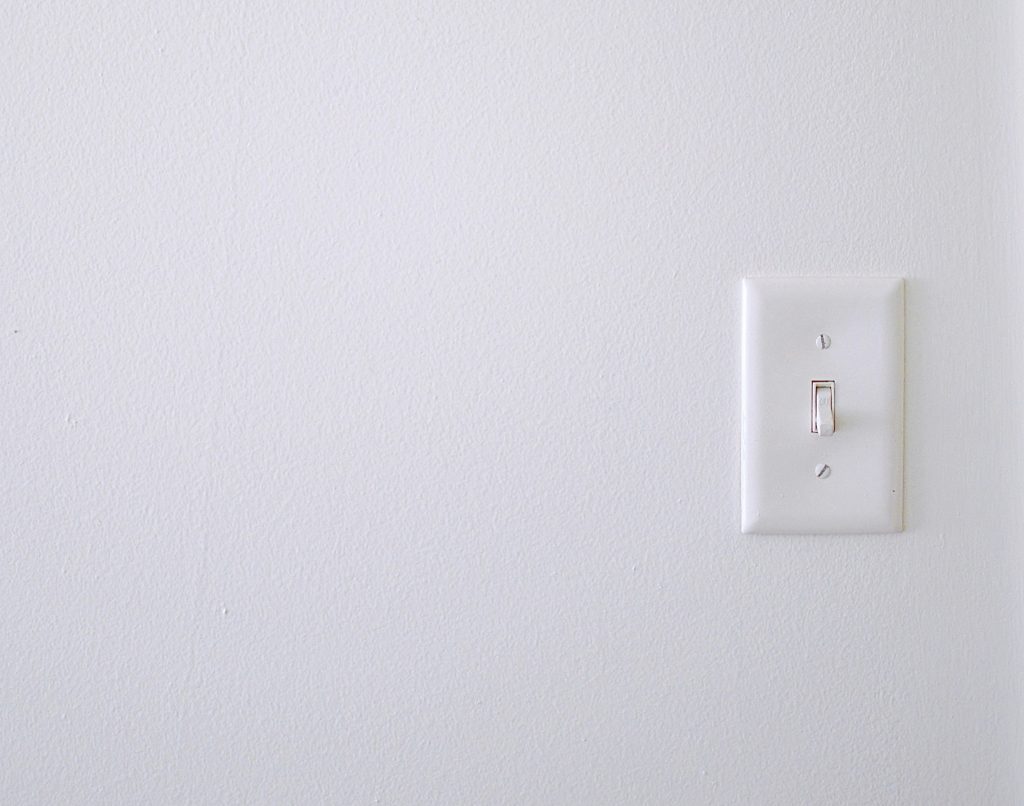 RFecho
RFecho
